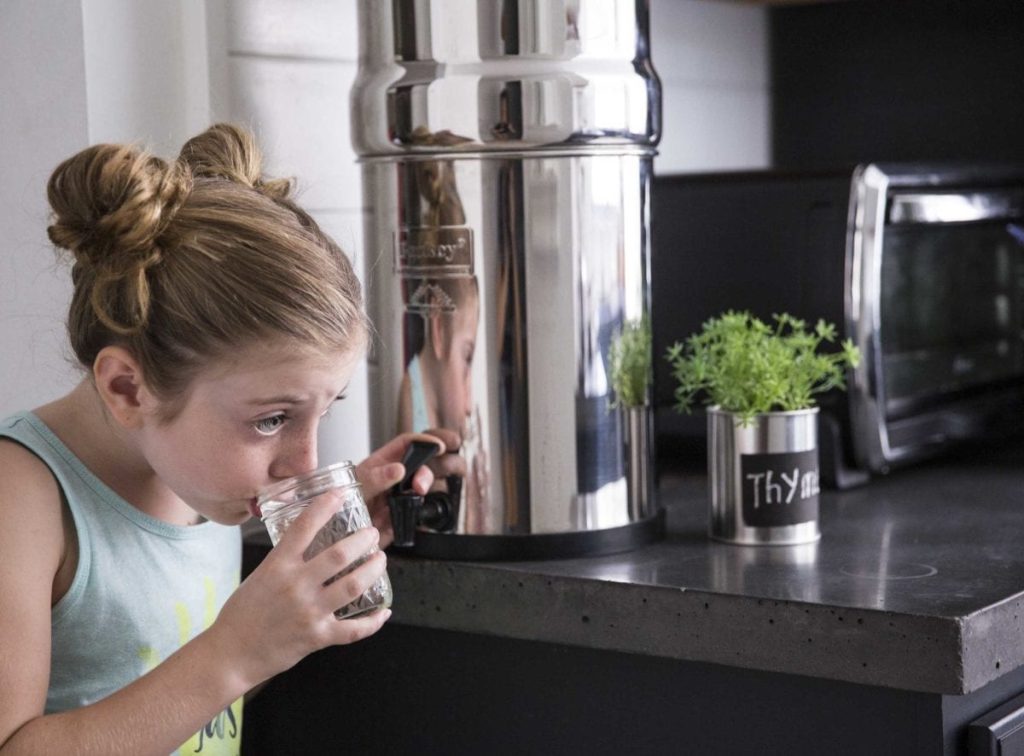Water is an essential part of our daily lives. From cooking and cleaning to drinking and bathing, a reliable water supply system is crucial for any home. With so many options available, choosing the right water supply system can be overwhelming. This guide will help you understand the different types available, their benefits, and how to select the perfect one for your needs.
Understanding Water Supply Systems
Before deciding on a water supply system, it’s important to understand the basics. Water supply systems are designed to deliver clean, safe water to your home. They can differ in terms of source, treatment, and delivery methods.
Types of Water Sources
There are several sources from which a water supply system can draw water. Common sources include:
- Groundwater: Extracted from wells and underground aquifers.
- Surface Water: Sourced from rivers, lakes, and reservoirs.
- Rainwater: Collected from rooftops and other surfaces.
Importance of Clean Water
Clean water is essential for maintaining good health and hygiene. Contaminated water can lead to various health issues, including gastrointestinal illnesses and skin infections. Therefore, choosing a reliable water supply system is vital.
Types of Water Supply Systems
There are various types of water supply systems, each with its pros and cons. Here are the most common ones:
Municipal Water Supply
Most urban and suburban homes are connected to a municipal water supply. This system draws water from local sources, treats it, and distributes it through a network of pipes.
1.Pros:
- Reliable and consistent supply.
- Regular monitoring and treatment ensure water quality.
2.Cons:
- Can be costly for large households.
- Limited control over water quality and treatment methods.
Well Water Supply
Homes in rural areas often rely on well water supply systems. These systems draw water from underground aquifers using a well pump.
1.Pros:
- Cost-effective in the long run.
- Greater control over water quality.
2.Cons:
- Initial drilling and setup can be expensive.
- Requires regular testing and maintenance.
Rainwater Harvesting
Rainwater harvesting systems collect and store rainwater for household use. This method is gaining popularity due to its eco-friendly nature.
1.Pros:
- Sustainable and environmentally friendly.
- Reduces dependency on municipal water.
2.Cons:
- Limited supply based on rainfall.
- Requires proper filtration and storage.
Community Shared Water Systems
In some areas, communities share a water supply system. These systems can be efficient and cost-effective for small neighborhoods or housing complexes.
1.Pros:
- Shared costs for installation and maintenance.
- Often managed by a dedicated team, ensuring quality.
2.Cons:
- Dependence on community management.
- Potential for disputes over usage and maintenance.
Key Factors to Consider
When choosing a water supply system, consider the following factors:
Water Quality
Ensure the system provides clean, safe water. Look for systems with effective filtration and treatment processes.
Cost
Evaluate both initial and long-term costs. While some systems may have a higher upfront cost, they might be more economical in the long run.
Maintenance
Consider the maintenance requirements of the system. Some systems require regular testing and upkeep, while others are more low-maintenance.
Availability
Ensure the water source is reliable and sufficient for your household needs. For example, well water systems may not be suitable in areas with low groundwater levels.
Installing a Water Supply System
Once you’ve chosen a water supply system, the next step is installation. It’s crucial to hire a professional for this task to ensure everything is set up correctly.
Finding the Right Professional
Seek out licensed and experienced professionals, ideally those well-versed in local regulations and conditions. For residents in Utah needing plumbing services in Layton, there are numerous reliable options available.
Installation Process
The installation process can vary based on the system type, but generally includes:
- Site Assessment:
- Evaluating the location and determining the best setup.
- Checking for any potential issues or obstacles.
- System Setup:
- Installing necessary equipment, such as pumps, pipes, and storage tanks.
- Connecting the system to the water source and household plumbing.
- Testing and Calibration:
- Ensuring the system functions correctly.
- Adjusting settings for optimal performance.
Benefits of a Well-Chosen Water Supply System
Choosing the right water supply system offers numerous benefits, including:
Improved Health
A reliable water supply system ensures access to clean, safe water, promoting overall health and well-being.
Cost Savings
While some systems may have higher initial costs, they can lead to significant savings over time through reduced water bills and maintenance expenses.
Environmental Impact
Eco-friendly systems, such as rainwater harvesting, reduce your carbon footprint and contribute to environmental sustainability.
Maintaining Your Water Supply System
Regular maintenance is key to ensuring your water supply system functions efficiently. Here are some tips:
Regular Testing
Periodically test your water for contaminants to ensure it’s safe for consumption. This is especially important for well water systems.
Routine Inspections
Inspect your system regularly for any signs of wear or damage. Addressing issues early can prevent costly repairs down the line.
Professional Servicing
Schedule professional servicing at least once a year to keep your system in top condition. This includes cleaning, calibrating, and replacing parts as needed.
Conclusion
Choosing the right water supply system for your home is a crucial decision that impacts your health, F, and environmental footprint. By understanding the different types available, considering key factors, and ensuring proper installation and maintenance, you can enjoy a reliable and efficient water supply for years to come.

